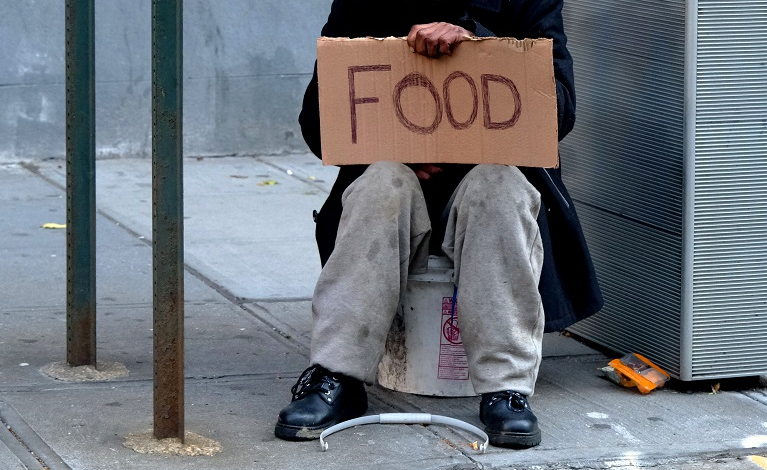New York among the states with the highest poverty rate in the United States, one in four people in Rochester considered poor

Rochester, New York – Poverty is a major issue in the United States, as it can have significant negative effects on individuals and communities. Poverty can lead to inadequate access to healthcare, education, and other basic necessities, which can in turn contribute to a range of social and economic problems. Powerlessness, isolation, and hopelessness are also some of the feelings that stem from the psychological impact caused by poverty.
There are several factors that contribute to poverty in the United States. These include low-paying jobs, inadequate access to education and job training, the high cost of living, and systemic discrimination. In addition, poverty can also be the result of personal circumstances, such as illness or disability, which can make it difficult for individuals to earn a sufficient income.
According to the United States Census Bureau, the official poverty rate in 2021 was 11.6 percent, with 37.9 million people living in poverty. The data shows no significant changes from the year before, meaning that local, state, and federal governments haven’t done enough to properly combat poverty and generally improve quality of life. When it comes to the state of New York, the numbers are even worse.
On Thursday morning, the State’s Comptroller’s Office released a 40-page report showing that nearly 2.7 million residents statewide, or 13.9% of the state’s population, live in poverty. The State of New York ranks 13 among all states as it has a significantly higher poverty rate than the national average of 12.8%. New York is the worst ranked state among all neighboring states and most large states, which understandably raises concerns. The same day, State Comptroller Thomas P. DiNapoli examined “New Yorkers in Need” and further explained the data.
“While economic hardships existed long before the pandemic, it deepened the financial stress experienced by many households,” DiNapoli said. “We saw what a large and broad federal response achieved, as the country made historic progress in the fight against poverty. Continued federal resources, along with a greater equity in state services, can help improve the lives of New Yorkers struggling to make ends meet.”
In general, the poverty rate has decreased over time, with the exception of seniors, where it has increased, but the fact that New York ranked 13 on the list clearly shows that the state still has a long way to go in terms of eradicating poverty. DiNapoli’s report categorized poverty into several groups:
- Poverty affected Hispanic, Black, and Native Hawaiian New Yorkers at twice the rate of White New Yorkers.
- Poverty rates among children under 18 and seniors were much higher compared to adults
- Families with female heads of household with no spouse experienced poverty at more than two times the rate for all families
- Less than 6% of those with a bachelor’s degree or higher were living in poverty, several times lower compared to those with less than a high school degree
Many might argue that the pandemic heavily impacted poverty in a negative way in recent years, but the pandemic is only part of the issue, especially having in mind that poverty rates declined compared to the year before. It’s also worth noting that many people have returned to their jobs, especially after the country reopened, but skyrocketing inflation and rising prices on almost everything will impact poverty rates. These factors will, however, have a huge impact on the data for the current year.
It’s also worth noting that some areas in the states had a much lower poverty rate than others. Nassau and Putnam are the New York counties with the lowest poverty rate, at 5.7%, while the Bronx has the highest rate, at 24.4%. Syracuse, Rochester, and Buffalo are the cities with the highest poverty rate in the state, where one in four people live in poverty. In addition, one in four families in Syracuse and one in five in Rochester were living in poverty in 2021.
In one of our recent articles, we discussed Rochester’s job problem. The city of Rochester and neighboring cities have a similar problem, negative job migration. For the majority of the young residents, the limited number of well-paying jobs and low number of big companies in the area are the biggest concerns, which is why many decide to leave the city. You can read more on this here.
There is no overnight solution to solving poverty. Local, state, and federal governments have to focus on both individual and systemic solutions. This could include providing access to education and job training, increasing the availability of good-paying jobs, and implementing policies that help to reduce income inequality and discrimination. In addition, providing access to healthcare, housing, and other basic necessities can also help to alleviate the effects of poverty. Ultimately, addressing poverty requires a comprehensive and coordinated effort that involves both the government and communities working together.




